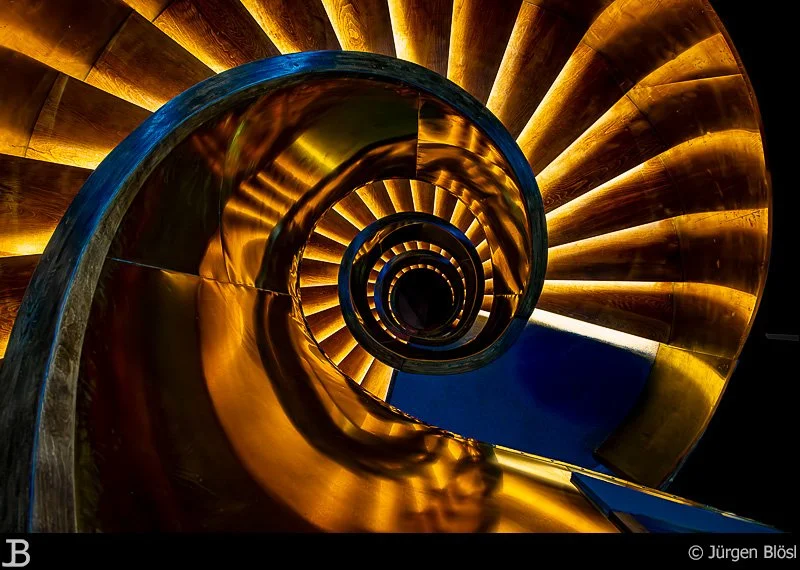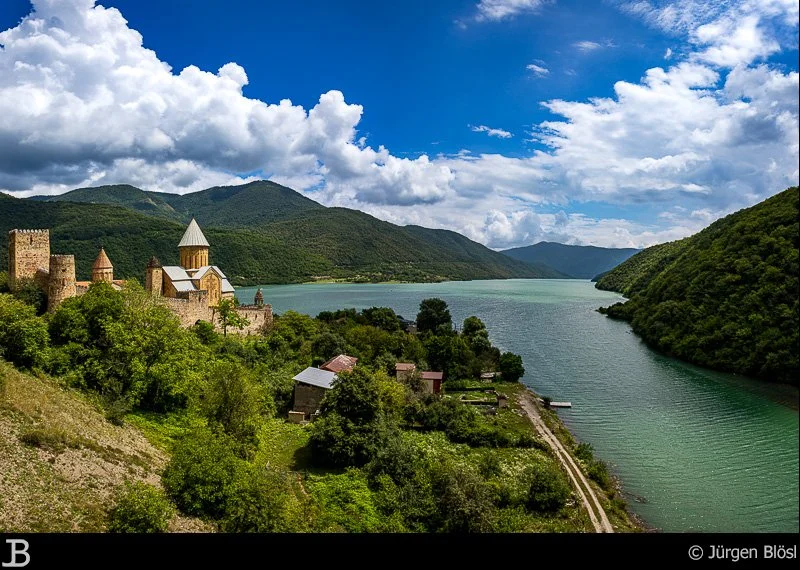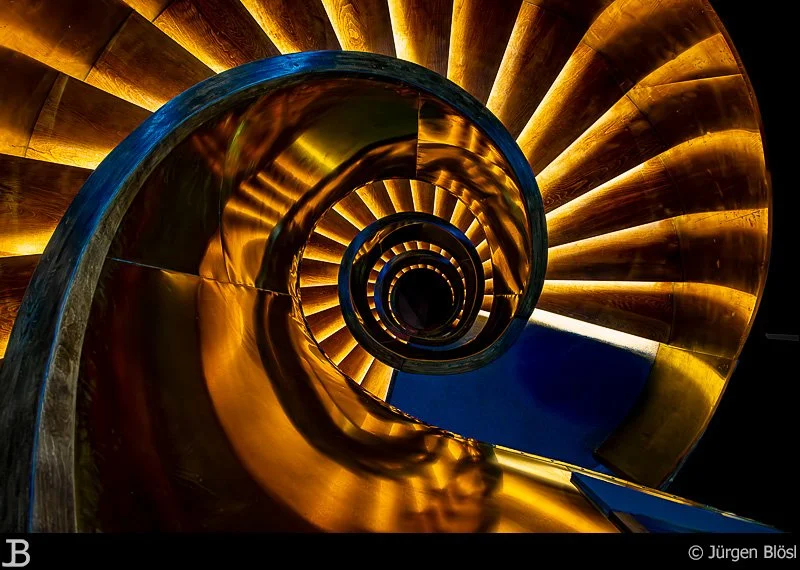Sights in Tbilisi - Part 1
Tbilisi [↗] is the capital of Georgia. I visited it this summer as part of a round trip. As the complete travel report will take some time and I probably won't be able to show you pictures of all the places worth seeing, here are two reports (and a special) on the sights I visited as an appetizer.
Tbilisi is one of the most exciting cities I know. Probably founded in the 4th century, the city was completely destroyed by the Persians in 1795. There are therefore no really old buildings. But what makes the city so interesting is the juxtaposition of old mansions from the Russian Tsarist era, Soviet concrete buildings and modern architecture. The old buildings are often quite run-down, but some have also been nicly renovated.
In the first part, I will focus on the old town west of the Peace Bridge. The second part will deal with the sights east of the Peace Bridge and those that are a little further away.
Old Town
The old town south of Freedom Square is the tourist hotspot in Tbilisi. There is for example a restaurant and bar area here that caters purely to visitors. It is nicely done and the food is good, but also costs many times more than you would otherwise pay.
There is also plenty to discover in the many small alleyways. From small churches worth seeing, such as the Sioni Cathedral (in which photography is unfortunately prohibited), to graffiti and various statues, to a very unique clock tower.
Peace Bridge
The Peace Bridge [↗] is a pedestrian bridge made of steel and glass that crosses the Kura or Mtkwari River since 2010. It connects the old town with the then newly created Rike Park (more about this in the next blog).
I visited the bridge twice, once in the evening when the lights came on and once in the morning to experience the bridge without the crowds. By the way, the best view of the illuminated bridge is from the neighboring Nikoloz Baratashvili Bridge. When I visited it, the lighting was exclusively white. However, as far as I know, it can also be illuminated in other colors.
Baths quarter (= Abanotubani quarter)
The baths quarter [↗] is directly adjacent to the old town. Cross a square at the end of the restaurant mile and you're there.
The sulphurous springs there have been used for bathhouses for more than 700 years. Most of them are built in the Persian style, with the semi-circular domes being the only part you can see from the outside.
You might be able to use one or two of the baths. Otherwise, a short visit is worthwhile - but don't expect much.
Sololaki quarter
The Sololaki neighborhood [↗] is one of the most interesting areas in Tbilisi.
There are a lot of old houses from the late 1800s. You can still see the former beauty, but most of them are in various stages of decay (but still inhabited).
I have addresses of houses where the old staircase decorations should still be visible. At the first address, you can enter the vestibule, but then a sign says not to open the door to the staircase. Somehow understandable, as these are no longer an insider tip. Nevertheless, you can still get a glimpse into the backyards of many of the houses.
Even though I only took a fraction of the pictures I actually wanted, it was still super exciting.
Narikala Fortress + Botanical Garden
For the sake of completeness, the Narikala Fortress [↗] and the Botanical Garden [↗] should also be mentioned. I did not visit either of them.
The fortress is connected to Rike Park by a cable car. From there you can probably walk to the baths district via the botanical garden.




























